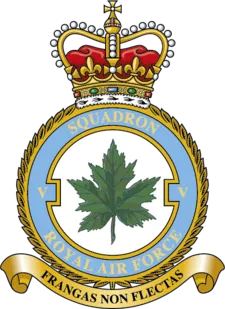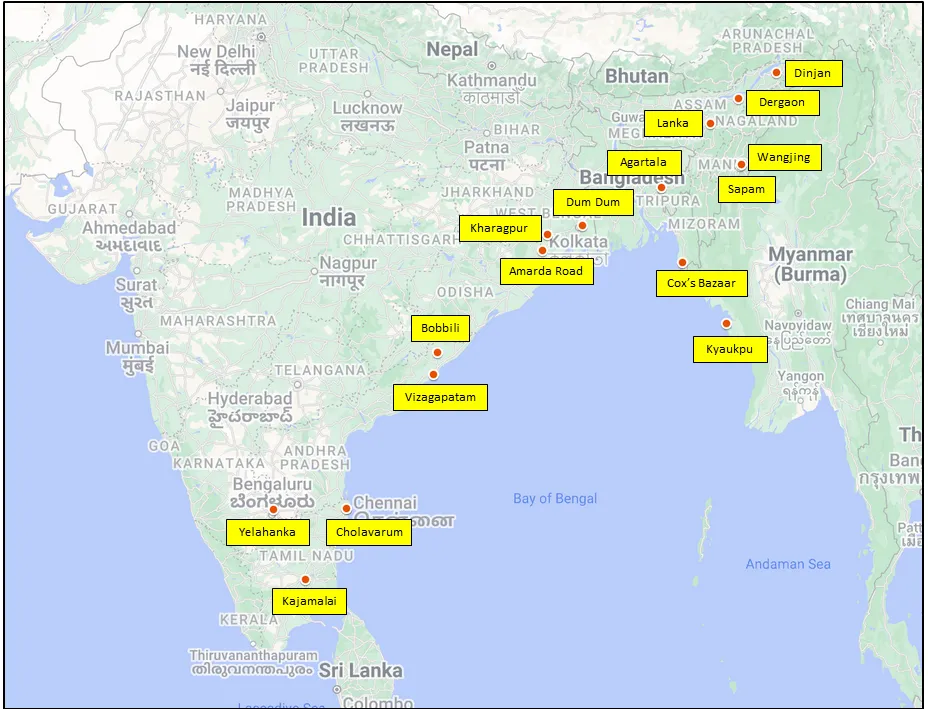Consolidated Canso Catalina PBY PB2B A-10 OA-10 Black Cat
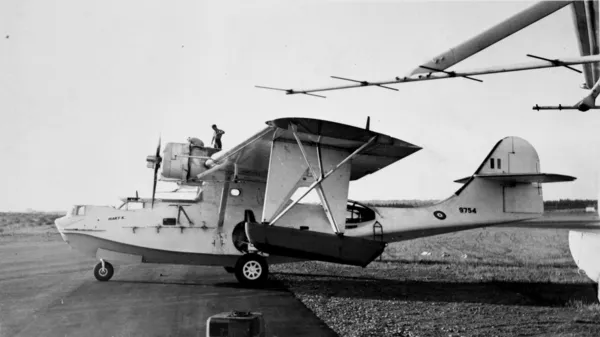
The Consolidated Catalina and Canso were close cousins. The Canso was the true amphibious version of the design and therefore included a conventional undercarriage to allow for either water or land use. The Canso provided more than two decades of valuable service to the RCAF. The Catalina variant came first and was produced beginning in 1935 for the United States Navy. The amphibious version, designated PBY-5A, came in service early in 1941 and the RCAF began using the aircraft on anti-submarine patrols that same year. After the Second World War, the RCAF used Cansos for search and rescue, Arctic survey missions and various transport operations. RCAF
CASPIR Aircraft Groups:
RCAF On Strength (274), RCAF 400 Squadron (13), Canadian Aircraft Losses (82)Canso A 9773
Served with No. 5 (BR) Squadron in Nova Scotia, Newfoundland, or Quebec, coded "G". Missing on 20 May 1944, on mission to dispose of unserviceable dynamite and pyrotechnics. All crew and 4 passengers (at least one Army) killed. Took off from Torbay, Newfoundland for this mission.
1943-03-18 Taken on Strength Eastern Air Command 2019-08-20
1944-May-20 Accident: 5 Squadron Loc: Cape St Francis Newfoundland Names: Byers | Campbell | Clow | Herman | Mcgimsie | Murray | Nolan | Poole
1944-07-21 Struck off Strength Written off, after going missing on operations. 2019-08-20





 Canadian Virtual War Memorial
Canadian Virtual War Memorial Commonwealth War Graves Commission
Commonwealth War Graves Commission Find-A-Grave.com
Find-A-Grave.com Library and Archives Canada Service Files (may not exist)
Library and Archives Canada Service Files (may not exist) Medicine Hat, Alberta
Medicine Hat, Alberta


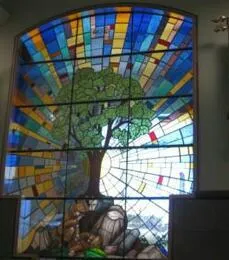



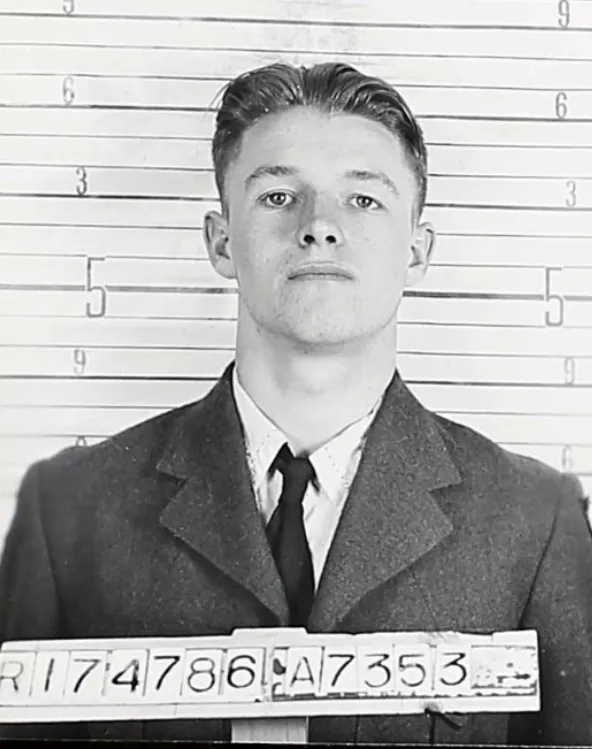
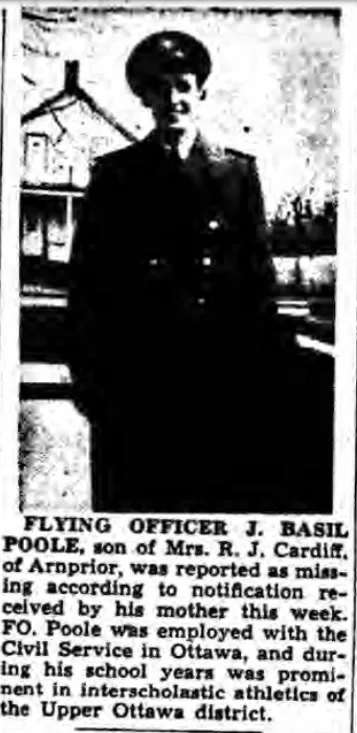
 Canso PBY
Canso PBY Wikipedia Canso PBY
Wikipedia Canso PBY Harold A Skaarup Web Page
Harold A Skaarup Web Page